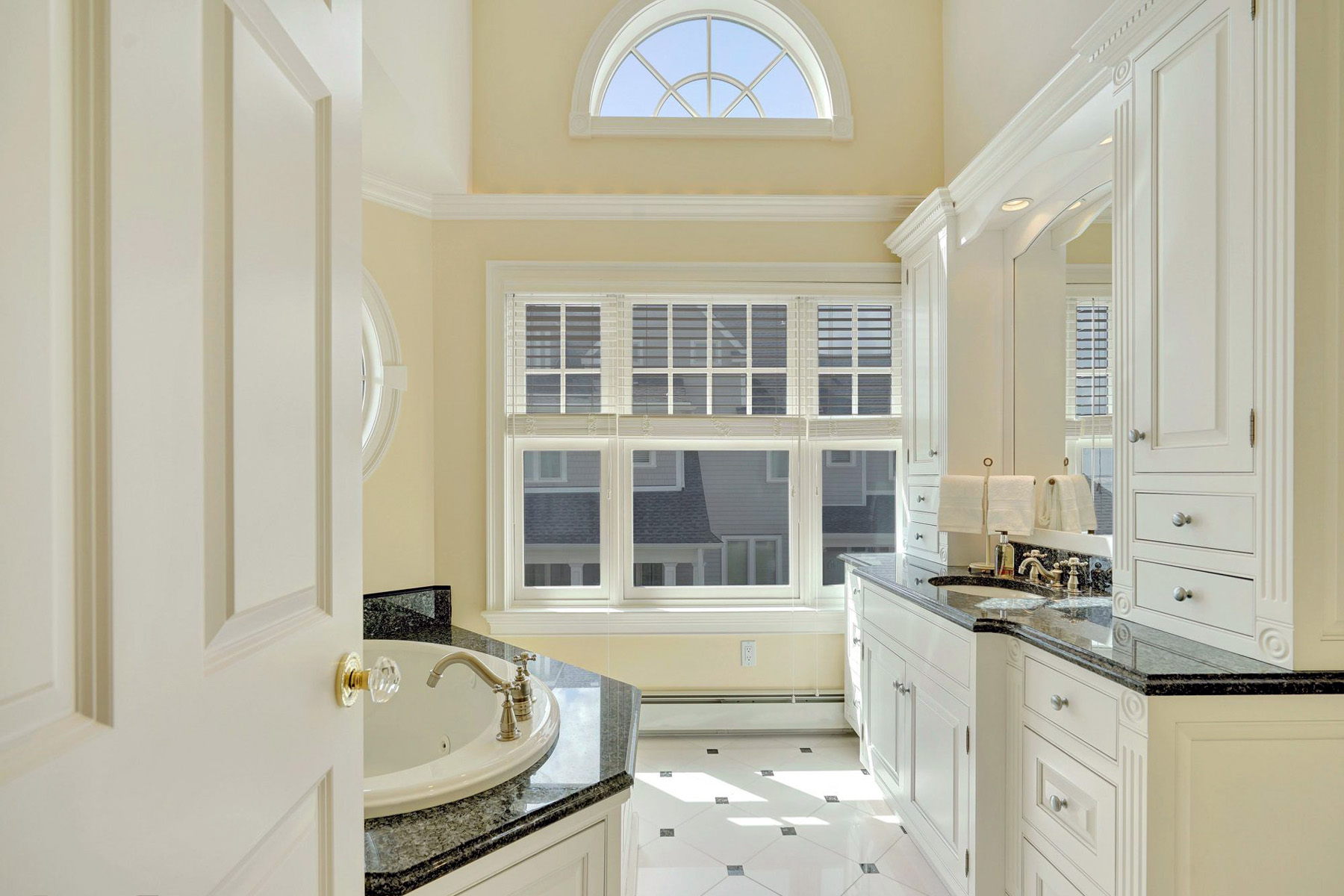Understanding Door Mechanisms: Unlock A Bathroom Door From The Outside

Understanding the mechanisms behind bathroom door locks is crucial when dealing with a locked door from the outside. This knowledge allows for a more informed approach to unlocking the door without causing damage.
Types of Bathroom Door Locks
The type of lock installed on a bathroom door plays a significant role in how it functions and how it can be unlocked.
- Privacy Locks: These are the most common type of bathroom door lock. They feature a simple latch that can be engaged from the inside with a knob or lever. The latch is retracted by turning the knob or lever, and it can be locked by turning a separate mechanism, usually a button or a small lever, from the inside.
- Deadbolt Locks: These locks provide a higher level of security than privacy locks. They feature a bolt that extends into the strike plate when the lock is engaged. This makes them more difficult to force open.
- Combination Locks: While less common in bathrooms, combination locks are sometimes used. They require a specific sequence of numbers or letters to be unlocked. These locks are often found on doors leading to storage rooms or other areas requiring additional security.
Common Ways Bathroom Doors Become Locked From the Outside
Bathroom doors can become locked from the outside for several reasons:
- The door was accidentally locked from the inside: This is the most common reason. Someone may have closed the door and inadvertently turned the lock mechanism while exiting.
- The lock mechanism is faulty: A malfunctioning lock can cause the latch to engage unexpectedly, locking the door from the outside.
- The door was deliberately locked: In some cases, a person may intentionally lock the door from the inside, either to ensure privacy or to prevent access.
Components of a Door Lock
Understanding the components of a door lock is essential for unlocking a bathroom door from the outside.
- Latch: This is the part of the lock that engages with the strike plate on the doorjamb. When the door is closed, the latch extends and locks into the strike plate.
- Strike Plate: This is a metal plate attached to the doorjamb that receives the latch when the door is closed.
- Knob or Lever: This is the part of the lock that is used to operate the latch.
- Lock Cylinder: This is the mechanism that allows the door to be locked and unlocked. It contains the tumblers and other parts that are engaged by the key.
- Tumblers: These are small, cylindrical pieces inside the lock cylinder that are arranged in a specific order. When the correct key is inserted, the tumblers align, allowing the lock to be opened.
Methods for Unlocking a Bathroom Door

Unlocking a bathroom door from the outside can be a necessity in emergencies, such as when someone is locked inside and requires assistance. This section will explore various methods for unlocking a bathroom door, ranging from using a standard key to employing specialized tools.
Unlocking with a Standard Key
The most straightforward method for unlocking a bathroom door is to use the correct key. This is typically the key that is associated with the door’s lock.
- Locate the Keyhole: The keyhole is usually located on the door handle or knob, on the side of the door facing the outside.
- Insert the Key: Carefully insert the key into the keyhole, ensuring that the grooves of the key align with the lock mechanism.
- Turn the Key: Once the key is fully inserted, gently turn it in the direction indicated by the lock mechanism. Typically, turning the key clockwise will unlock the door.
- Pull the Handle or Knob: After turning the key, pull the door handle or knob to open the door.
Safety and Security Considerations
Attempting to unlock a bathroom door from the outside without proper authorization can be dangerous and raise serious security concerns. It’s crucial to prioritize safety and understand the potential risks involved before taking any action.
Importance of Calling a Locksmith or Professional, Unlock a bathroom door from the outside
In situations where a bathroom door is locked and access is needed, it’s essential to contact a qualified locksmith or professional. These professionals possess the expertise, tools, and knowledge to handle such situations safely and effectively. They can unlock the door without causing damage, minimizing the risk of injury or property damage.
Comparing Different Unlocking Methods
Unlock a bathroom door from the outside – Different methods for unlocking a bathroom door have varying levels of safety and security risks. The table below compares the pros and cons of common unlocking methods, highlighting safety concerns:
| Unlocking Method | Pros | Cons | Safety Concerns |
|---|---|---|---|
| Using a Credit Card | Easy to find, readily available, non-destructive | May not work on all doors, can damage the door frame | Can cause scratches or damage to the door frame, may not be effective on modern door locks. |
| Picking the Lock | Can be done without damaging the door, can be effective on many locks | Requires specialized tools and skills, can damage the lock if done incorrectly | Requires specialized knowledge and practice, improper picking can damage the lock mechanism, and may require a replacement. |
| Using a Slim Jim | Can be used to unlock doors with simple locks, can be effective on some car doors | Requires specialized tools and skills, can damage the lock if done incorrectly | Requires specialized knowledge and practice, improper use can damage the lock mechanism and may require a replacement. |
| Calling a Locksmith | Safe and reliable, no risk of damage, professional solution | May be more expensive than other methods | The most secure and recommended option, ensuring minimal damage and risk of injury. |
